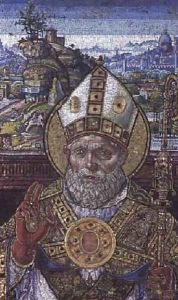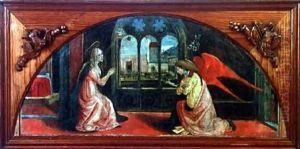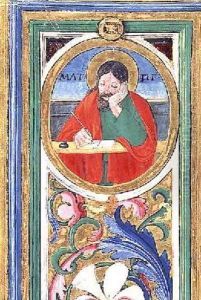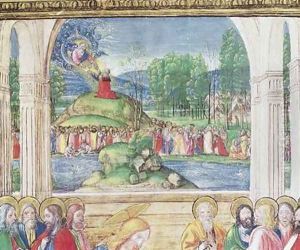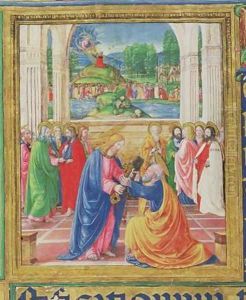or di Giovanni Monte del Fora Paintings
Orcagna (properly Andrea di Cione di Arcangelo), also known as Andrea di Cione or Orcagnissimo, was an influential Italian painter, sculptor, and architect active during the mid-14th century in Florence. Though you have mentioned 'Orcagna' as 'or di Giovanni Monte del Fora,' it's important to clarify that these names usually refer to the same artist, Orcagna. However, the details provided do not correspond to any known artist by the name 'or di Giovanni Monte del Fora,' which seems to be a mix-up or an incorrect name. Assuming we are discussing Orcagna, his exact birth and death dates are not definitively known, but he is believed to have been born around 1308 and died in 1368.
Orcagna is a contraction of 'Arcangelo,' which was a nickname that became more famous than the artist's real name. He was a versatile artist whose work included painting, sculpture, and architecture, embodying the spirit of the Florentine Renaissance by blending Gothic and early Renaissance styles. His brothers, Nardo (Bernardo) di Cione and Jacopo di Cione, were also artists, and they often collaborated on various projects.
As a painter, Orcagna is best known for his frescoes in the Strozzi Chapel of Santa Maria Novella in Florence, which include 'The Triumph of Death,' 'The Last Judgment,' and 'Hell,' showcasing his capability to depict complex theological concepts with emotional depth and clarity. His works are characterized by their dramatic expression, detail, and use of perspective, which was innovative for his time.
In sculpture, he created the notable marble tabernacle at Orsanmichele, which is considered a masterpiece of Gothic sculpture. This work demonstrates his skill in combining architecture, sculpture, and painting, and it reflects the influence of classical art in its form and decoration.
As an architect, Orcagna is credited with the design of the Loggia dei Lanzi on the Piazza della Signoria in Florence, although this attribution is not without controversy among scholars. His architectural works show a keen understanding of space and structure, further highlighting his diverse talents.
Orcagna's contribution to art history is significant for his ability to bridge the gap between the medieval and Renaissance periods. His works influenced later Renaissance artists, and he was one of the early artists to break away from the Italo-Byzantine style, incorporating more naturalistic elements into his compositions. Unfortunately, his exact birth and death years are not well-documented, which is common for artists of the 14th century, but his legacy in the Italian art scene remains profound.
